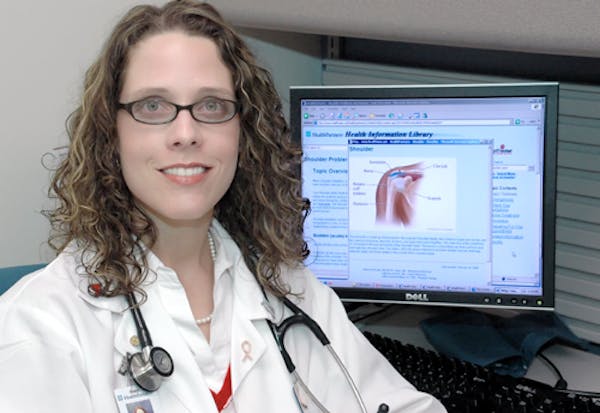Q: What's a typical workday like for you?
A: I participate in approximately five procedures a day. After reviewing patients' charts and setting up for each procedure, I talk with each patient and his or her parents, surgeons, anesthesiologists and operating room staff. After preoperative safety precautions have been taken, I begin the anesthetic. I monitor the patient throughout the procedure, giving additional drugs, IV fluids or blood as required, adjusting the dosage of the anesthetic and maintaining ventilation while monitoring vital signs frequently. I also administer anesthesia to children who are having nonsurgical procedures such as CT scans and MRIs.
Q: How does your role fit into the bigger healthcare picture?
A: Children need surgical procedures that they couldn't tolerate without anesthesia. I make that possible by giving them compassionate, high-quality, safe anesthesia with vigilant care.
Q: Who do you interact with during the course of the day?
A: I interact with patients, parents, surgeons, anesthesiologists, operating room nurses, scrub technicians, anesthesia assistants, pre- and post-operative and floor nurses, CT and MRI technologists and other nurse anesthetists. I also instruct anesthetist students.
Q: Why did you become a nurse anesthetist?
A: My dad's best friend, Marc O'Brien, was a nurse anesthetist who thought I should become a surgeon. When I was 16, he took me to see surgery. However, it was what he did that absolutely fascinated me. I knew that was what I wanted to do for the rest of my life.
Q: What do you like about your work?
A: I like the responsibility, the satisfaction and the challenge of helping children and their parents through very difficult times. I am reminded each day of how blessed I am because no matter what's happening to me, I see some family who is going through something far more difficult. I'm just glad I can help in some way.
In heated western Minn. GOP congressional primary, outsiders challenging incumbent

Minnesota Sports Hall of Fame: A class-by-class list of all members

This retired journalist changed professional wrestling from Mankato

